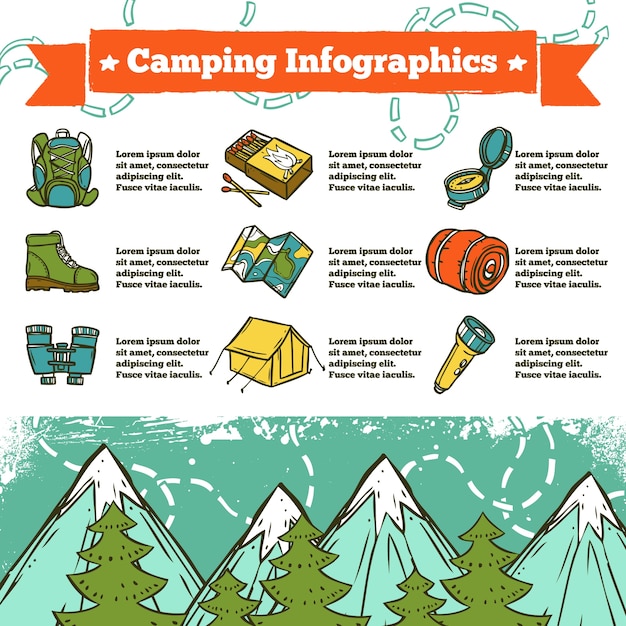Turning The Internet Into A Profit Magnet For Your Camping Tents
Turning The Internet Into A Profit Magnet For Your Camping Tents
Blog Article
Does Your Backpacking Outdoor Tents Required an Impact?
A footprint is costly and includes added weight to your knapsack. It additionally isn't specifically durable.
Can you sleep in a tent when it's raining?
Inevitably, whether or not a tent footprint is necessary depends on where and how often you're camping. In general, it's a good idea to make use of one if you camp on unpleasant surface areas or in damp problems.
Camping Tents with Reduced Deniers and Water Resistant Scores
Camping tents with lower deniers and waterproof scores have a tendency to be lighter, however they can likewise be much more delicate. They may require more frequent repairs and have much less indoor area than tougher designs. If you're a casual backpacker who suches as to take a trip rapid and light, this may be fine; nonetheless, even more knowledgeable walkers know that giving up longevity can feature huge repercussions down the route.
The denier and water-proof ranking of a camping tent's canopy, rainfly, and flooring can aid you establish its livability. Search for higher-denier fabrics on the canopy and rainfly, along with taped seams that help prevent water from seeping via stitches. Some makers even use heat and sealer throughout building to create a more powerful joint; these are called welded seams.
The livability of an outdoor tents can additionally be figured out by its floor dimensions and ability. A camping tent's floor should be a little smaller sized than the footprint to stop water from merging under the shelter.
Tents in Rough Surface
Lots of backpacking tents consist of a footprint made particularly for their model, which assists guarantee a proper fit and shields the camping tent's base from moisture and sharp items. Other suppliers offer universal impacts that can be reduced or folded to match an outdoor tents's measurements.
The type of surface you'll come across is another vital factor to consider for choosing an outdoor tents. For example, if you'll be camping in a canyon or gully, look for a sanctuary that can deal with solid winds. canvas tent with stove These problems create turbulence that can make the distinction between appreciating your camping area or suffering pain.
The capability and peak elevation of a tent provide you a good concept of its livability, but extra factors to take into consideration include vestibules (the area of the rainfly covering the doors) and general storage room. As an example, during our winter months testing of the Marmot Tungsten, its generous 93-by-82-inch floor conveniently managed four perspiring backpackers and their puffier shoulder season resting bags while still leaving ample space for gear and individuals.
Tents in Damp Conditions
Even if your camping tent shows up dry, dampness lurks in the spaces and crannies. In time, it can weaken the material. That's why it's so vital to make use of day of rest to deep-clean your tent and its elements, such as zipper linings, risk loopholes and adjustable webbing bands.
Also, see to it to pitch your tent in a level area, not a divot or concave area, so that ground water does not accumulate between the tent flooring and impact or tarpaulin. And if you're using a footprint, take into consideration a custom-cut one designed for your camping tent's layout. It won't gather rain the means a generic ground cloth or tarp can.
Method establishing and removing your tent at home before you took off, to obtain a feel for how rapidly and successfully you can do it. Also, method scouting your outdoor tents in various terrains to see exactly how very easy it is (or isn't) to do in bad weather conditions.
Camping Tents in High-Rise Situations
Outdoors tents range in flooring dimension and livability. For example, a big outdoor tents with dual doors and vestibules like Marmot's Tungsten can deal with 4 backpackers without calling for acrobatics to get in and out or to save gear.
The minimum route weight specification is the very best specification to compare designs, as it consists of the bare basics: tent body, rainfly and poles. Yet remember that the specification excludes camping tent risks, individual lines and stuff sacks.
A lot of backpacking outdoors tents can hold up to a light summer storm, yet some can be swept away by gale-force gusts. Seek a model with strong poles, an increased bathtub-style flooring and joint taping to reduce the possibility of water leaking via. Costlier designs likewise have a tendency to include more powerful materials that can resist the effect of particles and various other pressures.
Is a tent necessary for camping?
